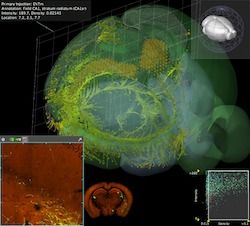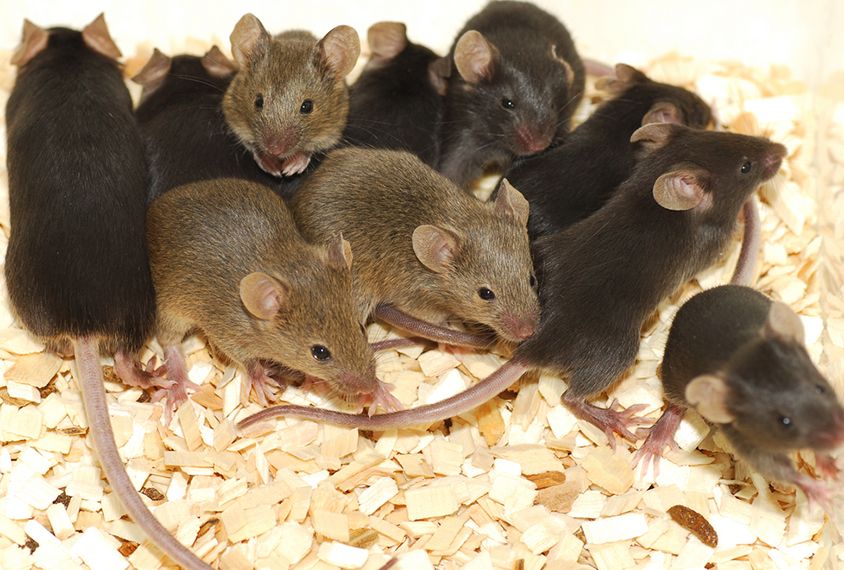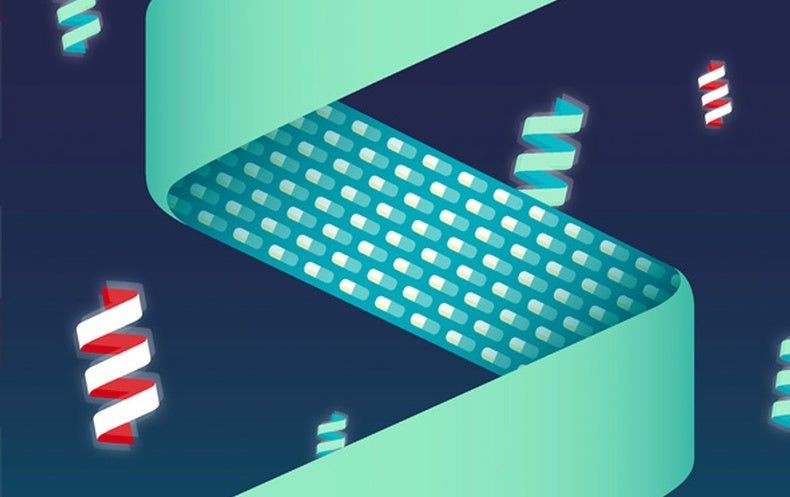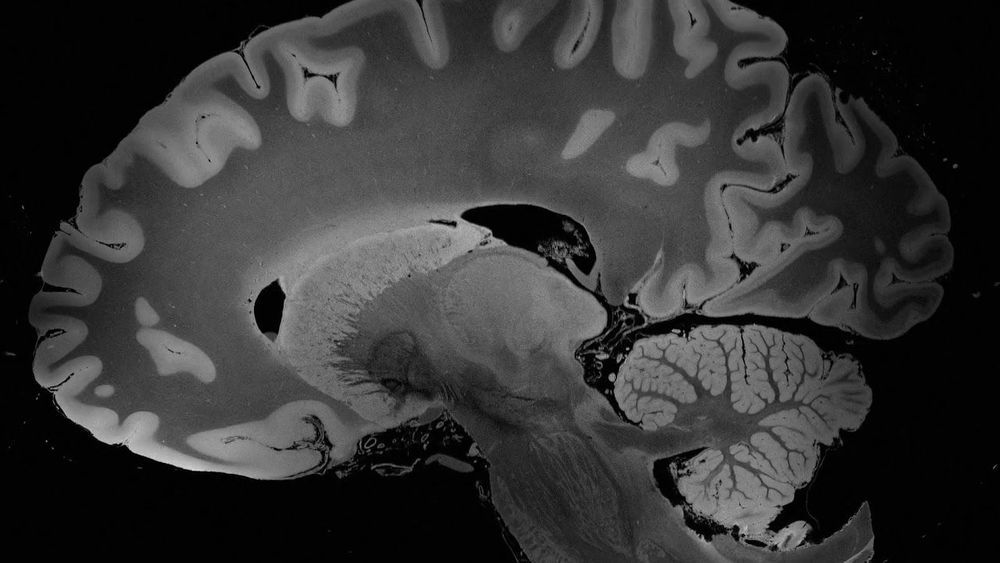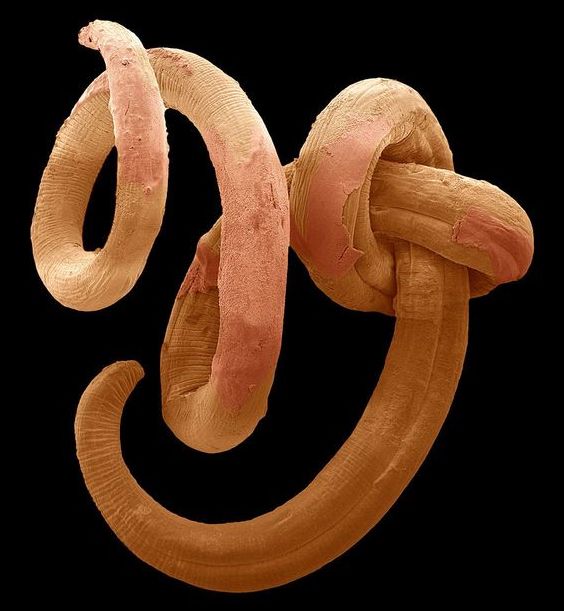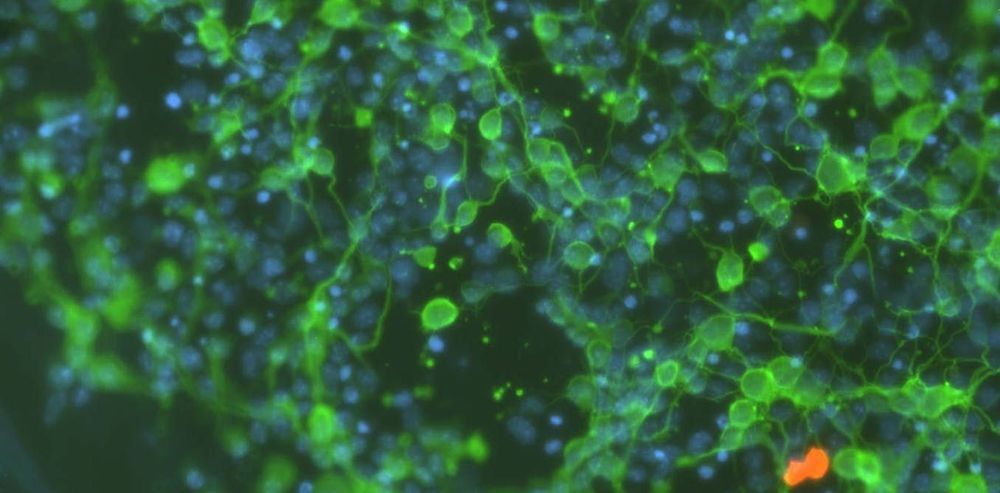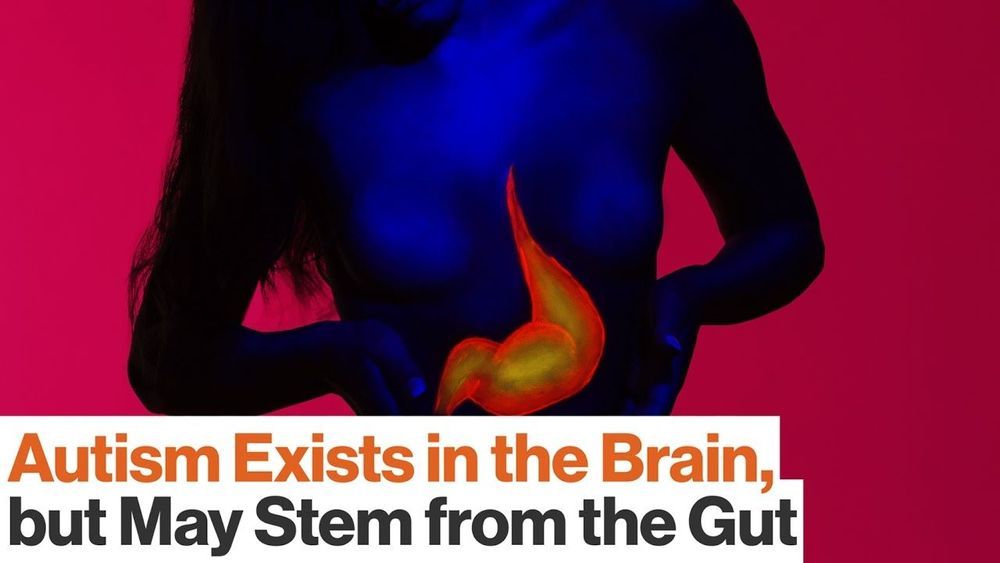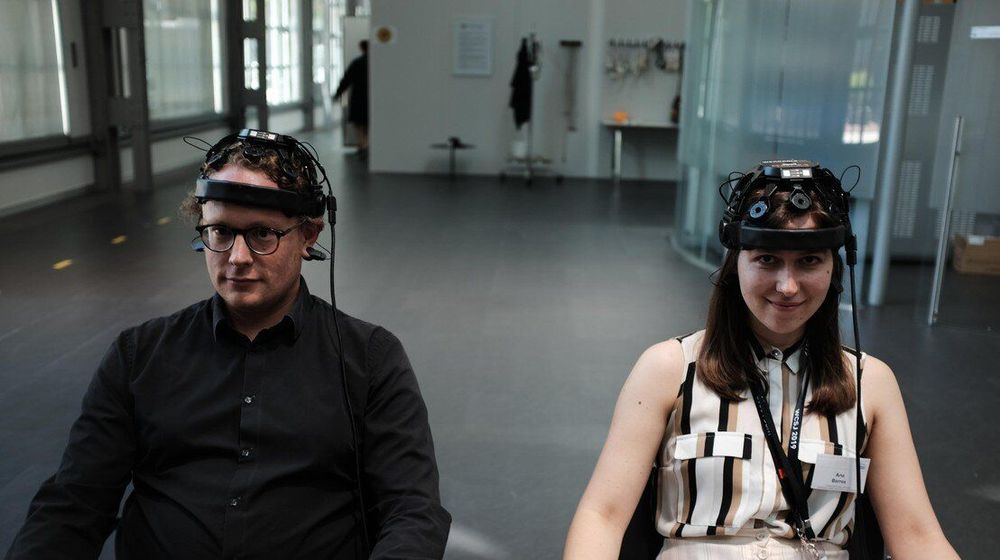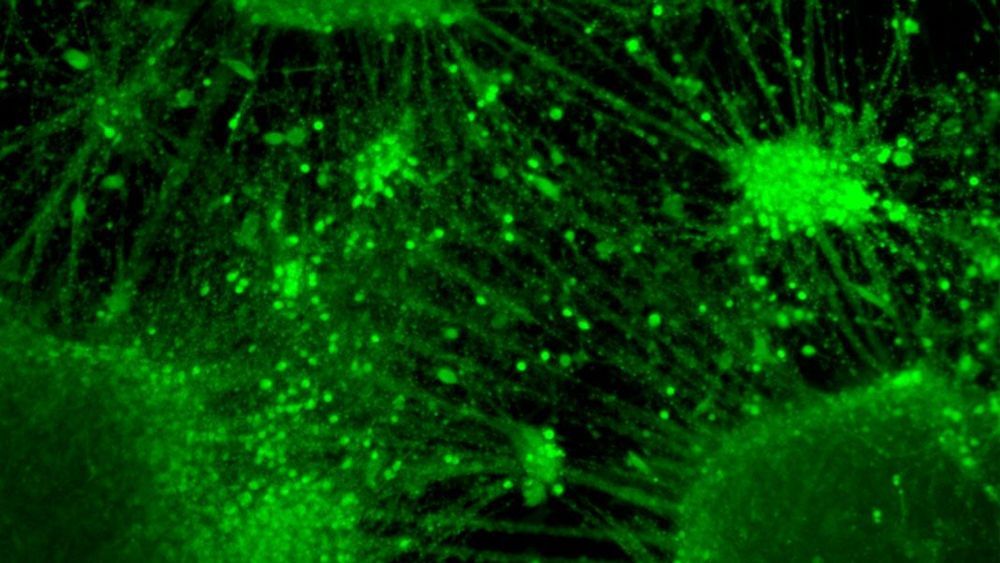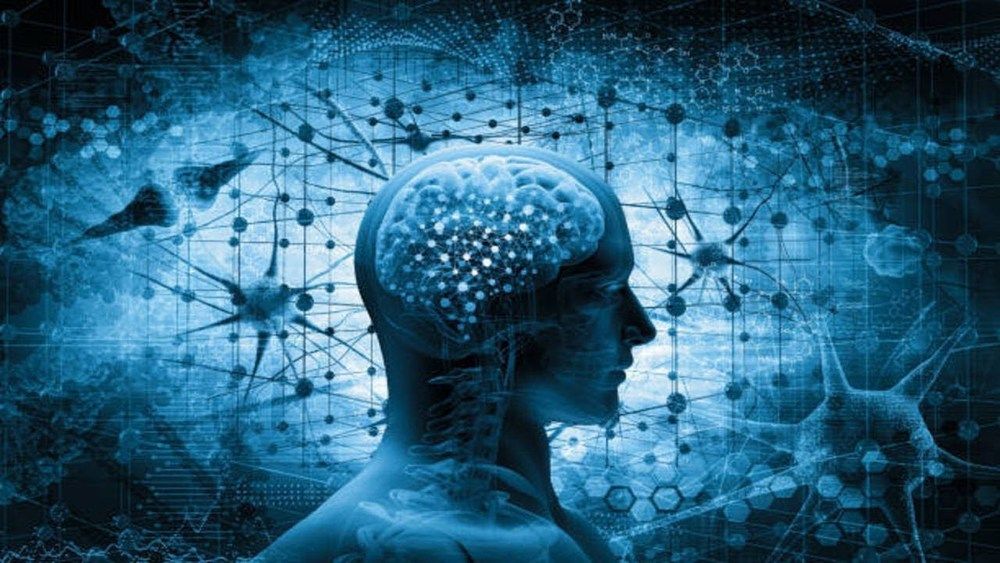Jul 11, 2019
Allen Brain Explorer
Posted by Richard Christophr Saragoza in categories: neuroscience, space
The Allen Brain Explorer (beta) is an application that allows users to browse multimodal datasets in an annotated 3D spatial framework. This new application is an integrated web-based navigator, allowing users to explore the Allen Mouse Brain Connectivity Atlas projection data and Allen Reference Atlas (ARA) in a standardized coordinate space.
The Brain Explorer 2 software is a desktop application for viewing the Allen Mouse Brain Connectivity Atlas projection data and the Allen Mouse Brain Atlas gene expression data in the framework of the Allen Reference Atlas (ARA). This downloadable software will be discontinued in 2019, as improved functionality and new features will be available via the integrated web-based platform. Updates to this software will be discontinued after that time.
